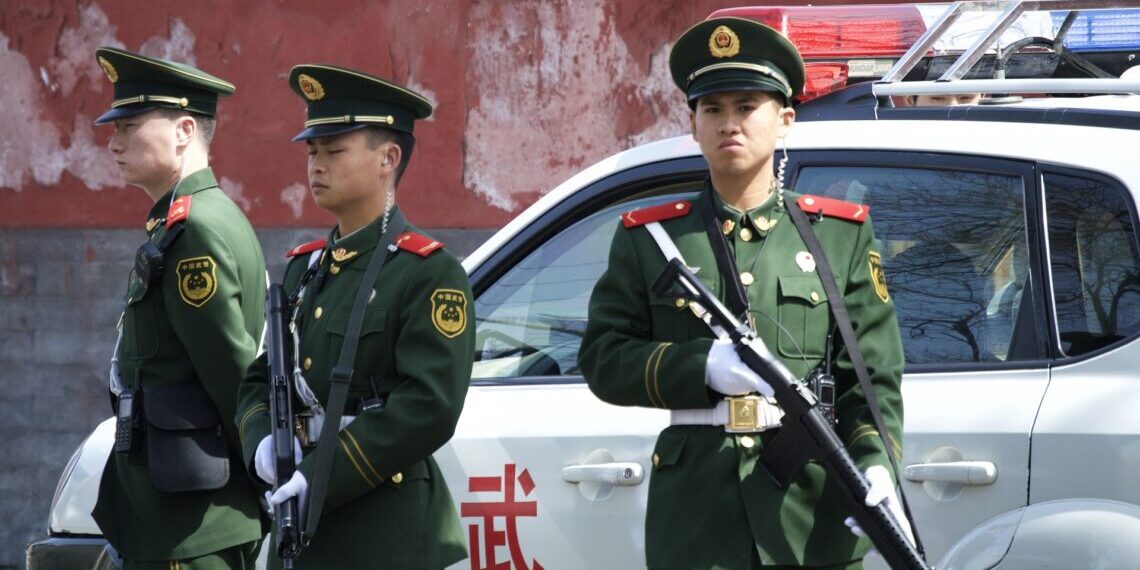Artificial intelligence (AI) is an increasingly ubiquitous part of everyday life. From voice-activated assistants to autonomous vehicles and chatbots, the world’s two largest economies are competing to develop the most cutting-edge AI technologies. But while the US and China are racing to stay ahead of each other in terms of AI development, it is China that has taken a leading role in regulating this new technology.
As the use of AI increases, governments around the world are trying to figure out how to manage potential threats to privacy, employment, intellectual property and even human existence, itself. In response, Chinese authorities have been proactive in regulating some uses of AI, particularly those which allow the general public to create their own content. China’s compliance laws have placed a unique obstacle in the competitive pathway of their companies. For example, the Chinese version of TikTok, Douyin, requires AI-generated content to be labeled and anyone posting on the platform to register their real identity.
The restrictions on access to the most advanced chips in the US, which are needed to run AI models, have also added to the technology difficulties facing Chinese companies. The Biden administration has restricted the sale of certain chips made anywhere in the world with US equipment. This has made it harder for Chinese tech companies to access the most advanced chips, running complex AI frameworks.
Despite the challenges, Chinese AI companies have made major advances in certain types of AI technologies, including facial recognition, gait recognition, and artificial and virtual reality. These technologies have also fueled the development of China’s vast surveillance industry and have given Chinese tech giants a particular edge that they market around the world.
Beijing’s approach to regulating AI has constrained Chinese firms’ ability to innovate. Companies developing AI in China need to comply with specific laws on intellectual property rights, personal information protection, recommendation algorithms and synthetic content, also called deepfakes. In addition, they need to ensure AI generated content complies with Beijing’s strict censorship.
Although Beijing’s regulations have created major burdens for Chinese AI companies, analysts say that they contain several key principles that Washington can learn from — like protecting personal information, labeling AI-generated content and alerting the government if an AI develops dangerous capabilities. AI regulation in the United States could easily fall short of Beijing’s heavy-handed approach while still preventing discrimination, protecting people’s rights and adhering to existing laws.
As the use of AI increases and the technology evolves, so too must the regulations surrounding it. Governments need to find a way to put guardrails on AI tech without constraining its future development if they are to stay ahead of the competition. Washington and Beijing have much to learn from each other when it comes to AI regulation, and the future of the industry may ultimately depend on who can find the right balance between regulation and innovation.
The whytry.ai article you just read is a brief synopsis; the original article can be found here: Read the Full Article…





